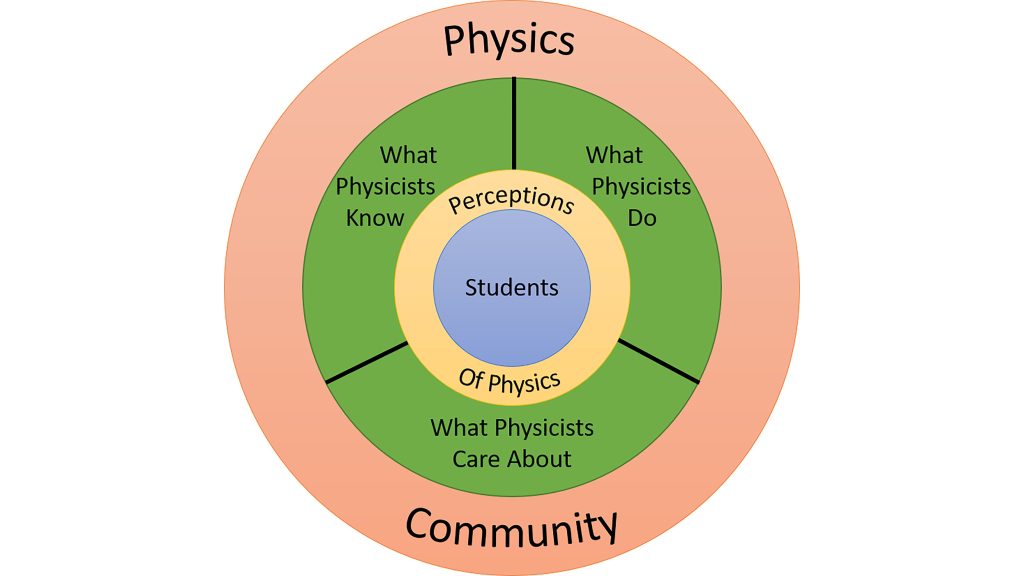From the Journal: The Physics Teacher
WASHINGTON, March 4, 2022 — While many physics instructors are beginning to incorporate lessons on diversity, equity, and inclusion (DEI) in the classroom, it can often feel like an add-on rather than an integral component of becoming a physicist.
In The Physics Teacher, by AIP Publishing, scientists from Carleton College and the University of Colorado Boulder are helping to change this narrative by presenting discussions and activities on DEI as a fundamental and essential part of physics training beyond the introductory physics level.

“Diversity, equity, and inclusion are a part of being a physicist, just as much as knowing about quantum mechanics or using an oscilloscope,” said author Martha-Elizabeth Baylor.
The team created two separate approaches for DEI curriculum at the intermediate level in 30-person and 75- to 120-person classrooms. The former replaced one question on a weekly homework assignment with a reflection essay on a topic important to physicists. The latter included activities and discussions during a two-day unit on representation.
“On the whole, students respond positively to covering this material in a physics class,” said author Jessica Hoehn. “They are eager for these conversations.”
The reflection essays in the first approach were a small component of a larger “Practicing Professionalism” framework, which explored what physicists know, do, and care about. Meanwhile, the second approach tested students on the ideas within their DEI activities and discussions, just as it would with other course content.
Baylor said students began the term by writing themselves out of the definition of a physicist. However, that changed by the end of the class.
“Many students come to see that the physics community thinks about the things that they think about, the things they care about,” said Baylor. “They find that anybody can be a physicist. They just have to care about physics, choose to do physics, and choose that as part of their identity.”
For women in these classes in particular, a large theme emerged: Their feelings about being in physics were particular to the cultural environment in the U.S.
The authors believe instructors can look at each curriculum and design their own lessons that they are comfortable enacting. The individual reflection activities in the first approach may be an easier start for instructors who want to engage with students on an individual basis, rather than lead a class discussion.
The researchers recommend looking at their resources for ideas, then gathering feedback and iteratively improving the curriculum. They hope to help other instructors frame physics as a human endeavor.
“We’re doing this, because if you enter the physics community, you need to be able to engage intelligently and respectfully in these conversations,” said Baylor.
###
For more information:
Larry Frum
media@aip.org
301-209-3090
Article Title
Authors
Martha-Elizabeth Baylor, Jessica R. Hoehn, and Noah Finkelstein
Author Affiliations
Carleton College, University of Colorado Boulder
The Physics Teacher
ABOUT THE JOURNAL
Dedicated to the strengthening of the teaching of introductory physics at all levels, The Physics Teacher includes tutorial papers, articles on pedagogy, current research, and news in physics, as well as history, philosophy, and biography. Notes cover classroom techniques, and columns feature demonstration apparatus and book and film reviews. See https://pubs.aip.org/aapt/pte.
ABOUT AAPT
AAPT is an international organization for physics educators, physicists, and industrial scientists with members worldwide. Dedicated to enhancing the understanding and appreciation of physics through teaching, AAPT provides awards, publications, and programs that encourage teaching practical application of physics principles, support continuing professional development, and reward excellence in physics education. AAPT was founded in 1930 and is headquartered in the American Center for Physics in College Park, Maryland.
